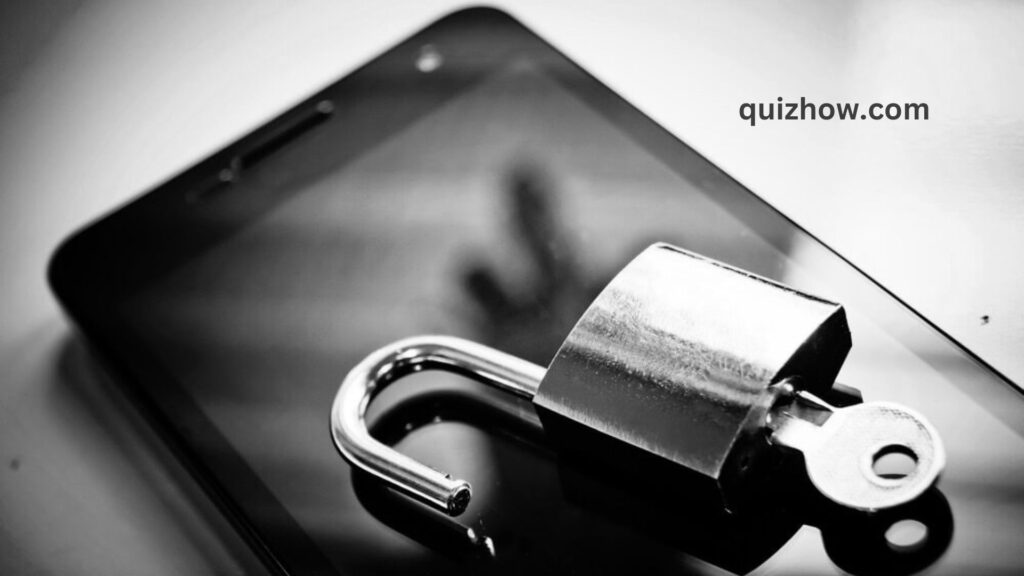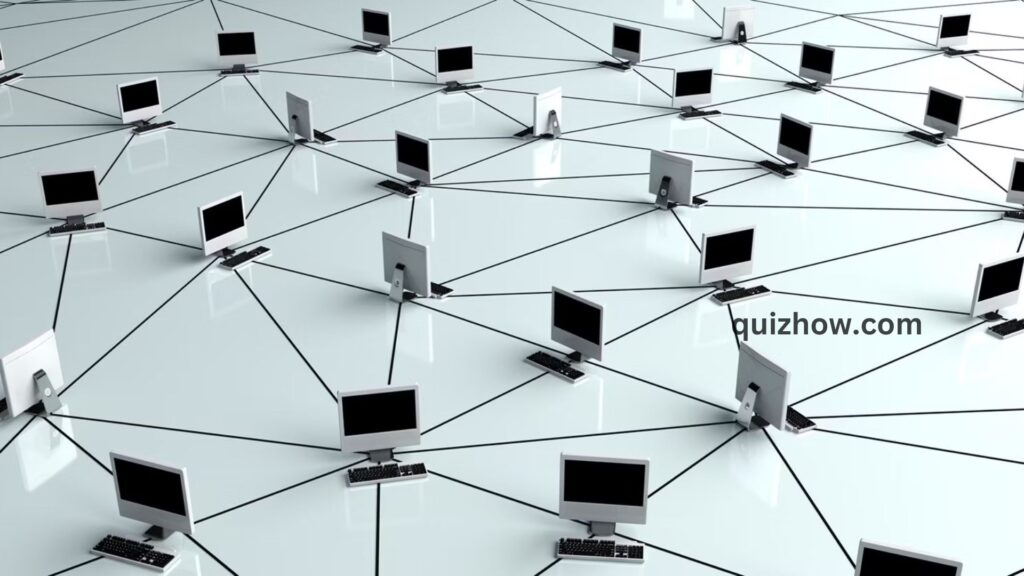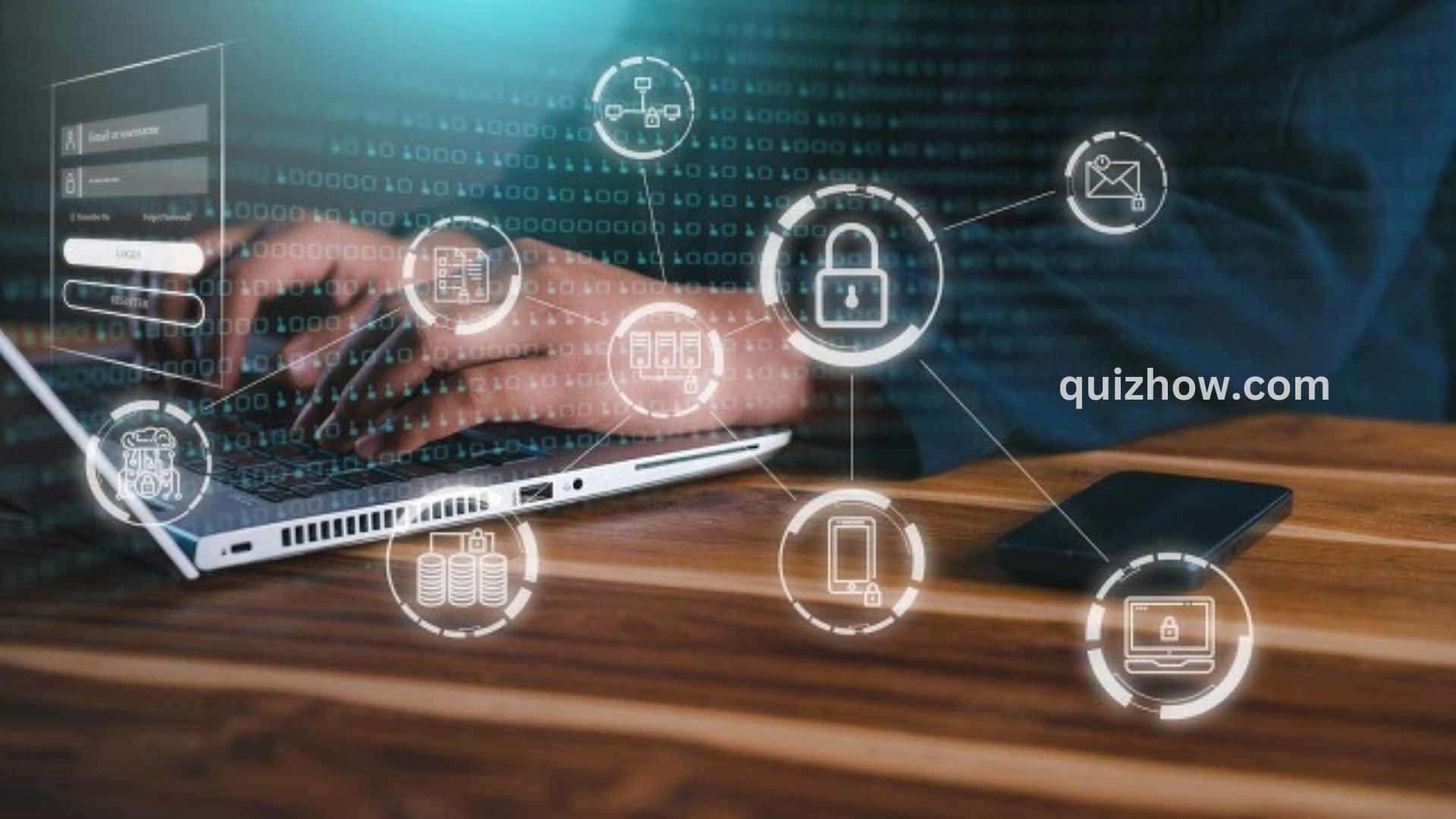The internet is often called the information superhighway, but it’s also full of scammers, hackers, and others trying to steal your personal information. To keep your passwords, Social Security number, and account numbers safe, it’s important to secure your devices, network, and information. That way, your sensitive details don’t end up in the hands of scammers as they cruise the superhighway.
Secure Your Devices
Keep your security software, internet browser, and operating system up to date.
Criminals are always on the lookout for weak spots in software before companies can fix them. That’s why it’s important to update your software regularly—ideally, as soon as a new version is available. This ensures you have the latest security patches and protections against threats.

To update your security software, operating system, internet browsers, and apps, visit the developer’s website. Most offer options to sign up for email alerts or set up automatic updates. Don’t ignore those update reminders—they’re essential for keeping hackers out of your information.
Make sure to update:
- Security software: Your antivirus or firewall programs need to be current to protect you, whether they came pre-installed or you added them later.
- Operating system: This includes systems like Windows, macOS, or Chrome OS.
- Internet browsers and apps: Developers release updates to fix security issues, bugs, or to add new features.
Keeping everything up to date is key to protecting your information from hackers.
Secure Your Accounts
Once you’ve secured your computer, tablet, and phone, it’s time to protect your accounts, especially those that hold personal information like your bank, email, and social media accounts.
Create Strong Passwords
Make sure your passwords are at least 12 characters long. The longer, the better. Consider using a passphrase made of random words—this makes it easier to remember while still being secure. Avoid using common words or phrases. For more tips, you can check out a Password Checklist.
Use Multi-Factor Authentication
For extra security, enable multi-factor authentication on your accounts. This means you’ll need two or more types of credentials to log in. These might include:
- Something you have, like a code from an authentication app or a security key.
- Something you are, like a fingerprint, retina scan, or face recognition.
Multi-factor authentication makes it much harder for scammers to access your accounts, even if they have your password.
Choose Unique Security Questions
When setting up security questions, pick ones that only you know the answers to. Avoid questions with answers that can be found in public records or online, like your zip code or mother’s maiden name. Steer clear of questions with limited answers, like the color of your first car. You can also use random answers to make it harder for others to guess—but be sure to remember what you choose.
Back Up Your Data
Regularly backing up your data is crucial to protect your files in case something goes wrong—like a virus, a crash, or a hack. Aim to back up your files at least once a week so you don’t lose important information like photos, documents, and other files. If you ever need to restore from a backup, it will be as current as the last time you backed up.
Here are two ways to back up your files:
- Cloud Storage: Services like Google Drive, Dropbox, OneDrive, and iCloud let you save files online. Many offer some free storage, with options to pay for more. When you use cloud storage, you’re trusting the provider to keep your information safe, so it’s worth checking out what privacy and security measures they offer.
- External Storage Device: A USB flash drive is an affordable option with moderate storage, while an external hard drive offers more space, faster data transfer, and greater reliability. You can choose which files to back up, and some devices allow you to schedule automatic backups.
Also Read: Top Productivity Apps for 2024
Peer-to-Peer File Sharing
Peer-to-peer (P2P) file-sharing programs might offer free music and videos, but they also come with some risks. For example:

- Strangers could access and share your personal files.
- The program might share files and folders you didn’t intend to share.
- You could accidentally download malware, pirated or copyrighted material, or even inappropriate content.
If you choose to use a P2P program, make sure to scan any files with your security software before opening or playing them. Also, avoid any program that asks you to disable or change your firewall settings—doing so could weaken your computer’s security.
Protect Your Home Network
Protecting your home network is key to keeping your information safe. Think of your router as the gateway between your devices and the internet. If malware gets onto one device, it can easily spread to others connected to the same network. That’s why your devices, accounts, and entire network are only as secure as your router.

Report Identity Theft
If you suspect someone has accessed your accounts or stolen your personal information, head over to IdentityTheft.gov. The site will guide you through checking if your identity has been misused and provide steps to report and recover from identity theft.
Discover more from QuizHow
Subscribe to get the latest posts sent to your email.

